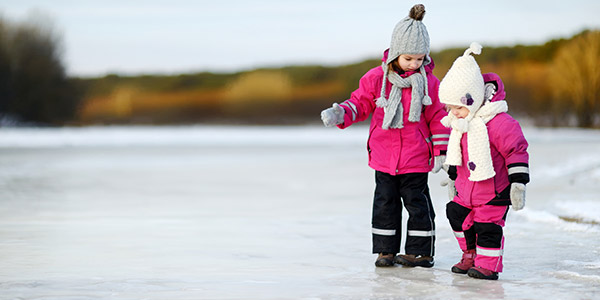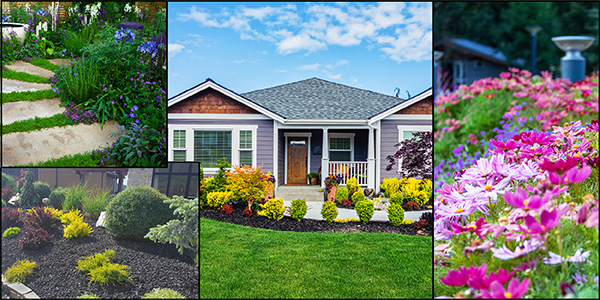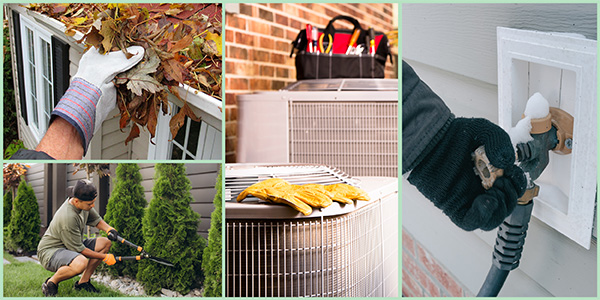Homeowners
Easy Winter Upgrade: The Backyard Ice Rink
December 15, 2017
With the world coming together to cheer on some of its best Olympic athletes, winter sports will be top of mind. While a backyard bobsledding track may not be in the cards, an ice rink might be just the thing to feed your family's Olympic Fever.
As a seasonal improvement, backyard rinks are relatively low in cost and easy to construct (and remove). Follow these steps, and you, too, could be reaching for the gold in no time!
Make a Plan
The size and shape of your rink depend on the layout of your yard. Typically, you'll want to choose an area that is as flat as possible. You'll also want to think about how you plan to use your yard throughout the winter. For instance, you might still want room for the kids and dogs to roam. Sketching the scope of your rink beforehand helps as you construct it.
Frame the Situation
Next, it's time to construct the frame for your rink. Generally, homeowners use wooden boards or PVC piping to create the border. The consensus is that ice needs to be three inches thick to support an average adult. So, you'll need to create a three-inch lip, at least. Think of this as the "backbone" for your rink. Depending on the weather, you may want to wait until your lawn is dormant before setting up the frame and installing the liner, if you're using one.
The Bottom Line(r)
There are different schools of thought when it comes to using a liner, such as a tarp, for the base of your rink. When using a liner, the first step is to clean the rink area of debris, such as sticks, rocks, and leaves—basically anything that would cause the tarp to tear. It is also important to use a white tarp, which will prevent heat absorption from the sun. This helps ward off melting.
For the second method, you need to wait until you have snowfall. Instead of using a tarp, packed snow becomes your base. Tamp down the snow until it forms a smooth surface and is tightly packed. Next, use a hose to lightly spray water on the snow—so that the weight of the water doesn't cause the snow to melt—and allow it to freeze. Again, methods vary, but it's suggested you repeat this process a few times to allow the ice to build up.
The Icing on the Rink
With your base in place, it's time for the main attraction: the ice! Once the forecast calls for a few consecutive days of below-freezing temperatures, start filling in your rink. Some guides recommend flooding the rink with water at once, while others suggest alternating between hot and cold water, with enough time to freeze in between layers. No matter the method, make sure you test your ice by tapping it with a broomstick before lacing up your skates.
Saying Goodbye
The arrival of warmer temperatures means it's probably time to start dismantling your rink. To ensure the health of your lawn, remove any barriers that would prevent draining. You may also want to use a siphon to control the drainage and to prevent it from flowing into adjacent property. Then, remove the liner. Some lawn maintenance may be required.
With a backyard ice rink, you and your family can indulge your Olympic fantasies in a way that gets you off the sofa and outdoors. Hamill-Camel, anyone?





 Smart Moves Start Here.
Smart Moves Start Here.